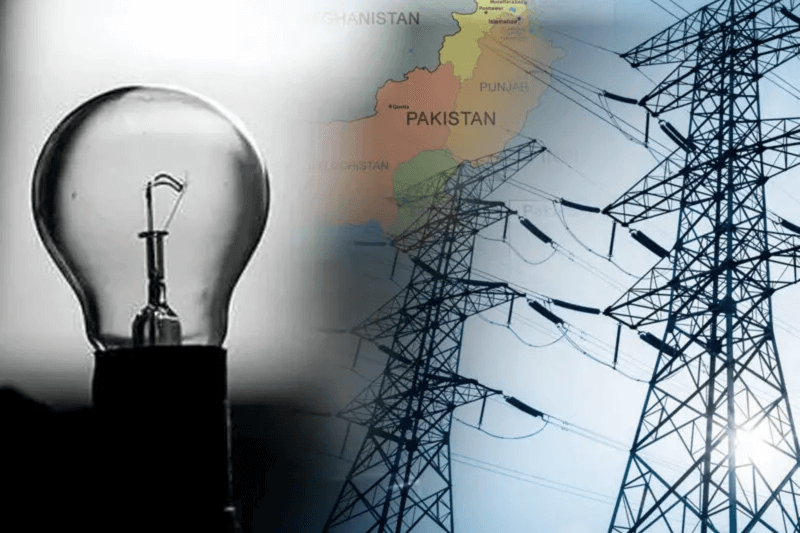
a-detailed-look-into-pakistans-power-crisis
In October 2023, the Islamic Republic of Pakistan had an energy deficit of 6000 Megawatt incurring an import bill of $7 billion. Pakistan’s power crisis has been a continuous headache for its ministry for several years. The energy demand has been soaring for a long time while conventional energy sources remain insufficient. Thus it needs to be taken care of properly.
The imbalance has resulted in frequent power cuts that have hindered economic growth and disrupted daily lives of people. As the gap between energy supply and demand widens, the cost of power is on the rise and the reliance on imports of energy is also increasing.
According to the National Electric Power Regulatory Authority (NEPRA) 2022 annual report, Pak’s installed electricity generation capacity adds up to 43775 MW of which only 7% comes from renewable energy sources.
The energy crisis of Pak stems from a multitude of interconnected and overlapping factors. It is primarily driven by heavy reliance on fossil fuels. Fossil fuels make up 59 percent of the energy mix. The situation is aggravated by faulty transmission lines, infrastructural flaws and issues such as line losses, power theft and other similar issues. The pressure has increased by population increase, rapid urbanisation and industrialisation.
It is projected by a World Bank report that the country’s power demand would increase by 70 percent within 2030 while the supply is only to increase by 45%. The lack of political will and effective energy policies along with shortsighted commitments to independent power producers have resulted in deepening this crisis.
To solve the issue the ministry has to develop proper plans that have high potentiality. Renewable energy sources such as Wind (50000 MW), solar (40000 MW), hydro (40000 MW) and Thar coal (100000 MW) should be used effectively.



